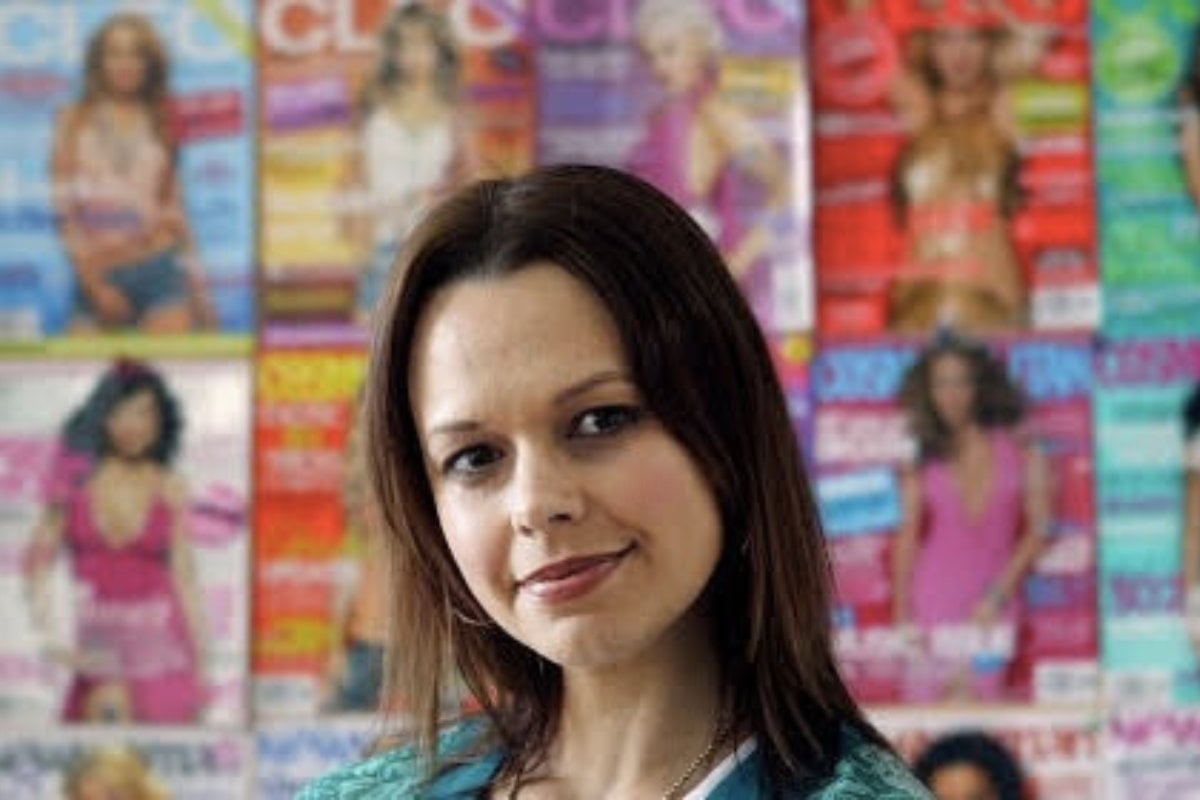
This article originally appeared in Babble, a weekly newsletter from Mia Freedman. Sign up here.
When I was 24 years old, I became a magazine editor. A year later, I became a mother. And I didn’t mention it publicly until my son was in second grade. By then, I was 32, and it wasn’t even hard to keep him a secret.
It was the late nineties and before social media and the mainstreaming of the Internet, having a public profile was an entirely different thing. As someone on the far outskirts of fame (aka very much D list), you could still choose exactly where you placed the boundary around your private life even if your job meant that people you didn’t know, knew who you were.
It’s hard to fathom at a time when couples have to ask guests to refrain from taking photos during wedding ceremonies so the images haven’t pinged around social media and been viewed by the sister-in-law of the bride’s former work colleague on Instagram before the ceremony is even over. Imagine having a baby or a breakup or a wedding or a holiday and deciding not to tell anyone about it for years.
My reasons for not mentioning my baby to the readers of Cosmo were complicated. I told myself at the time that as the editor of a magazine for young women, it would be unhelpful for them to know I was a mother. Bad for the magazine’s brand. Too far removed from their own lives.
Perhaps. Mostly I think it’s because I wasn’t quite sure what it meant to be a mother at 25. I had no role models for that, had no idea what I was doing or how I should portray myself publicly. My peers were living very different lives, and I was out of step, a pattern that continues to this day when I’m an actual nana while many of my friends’ kids are still in primary school.


Top Comments